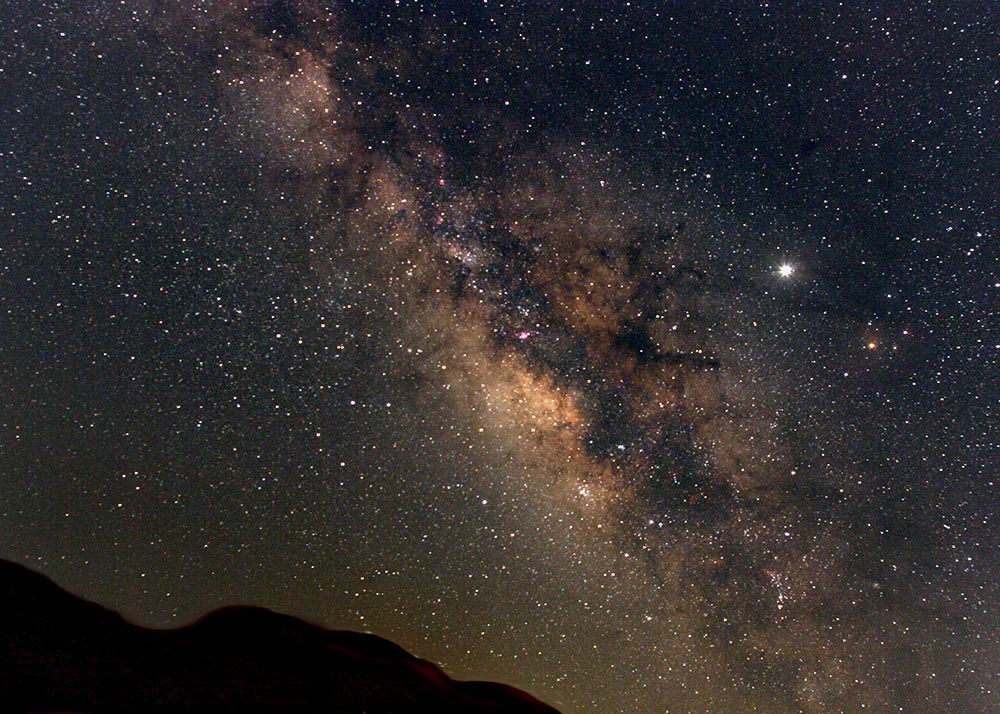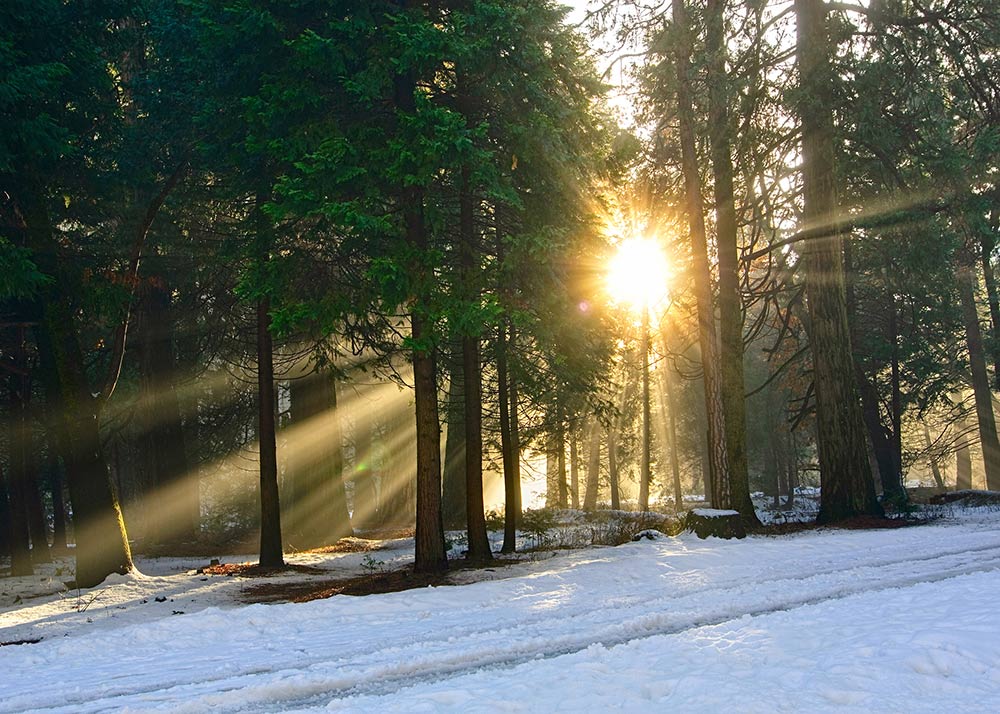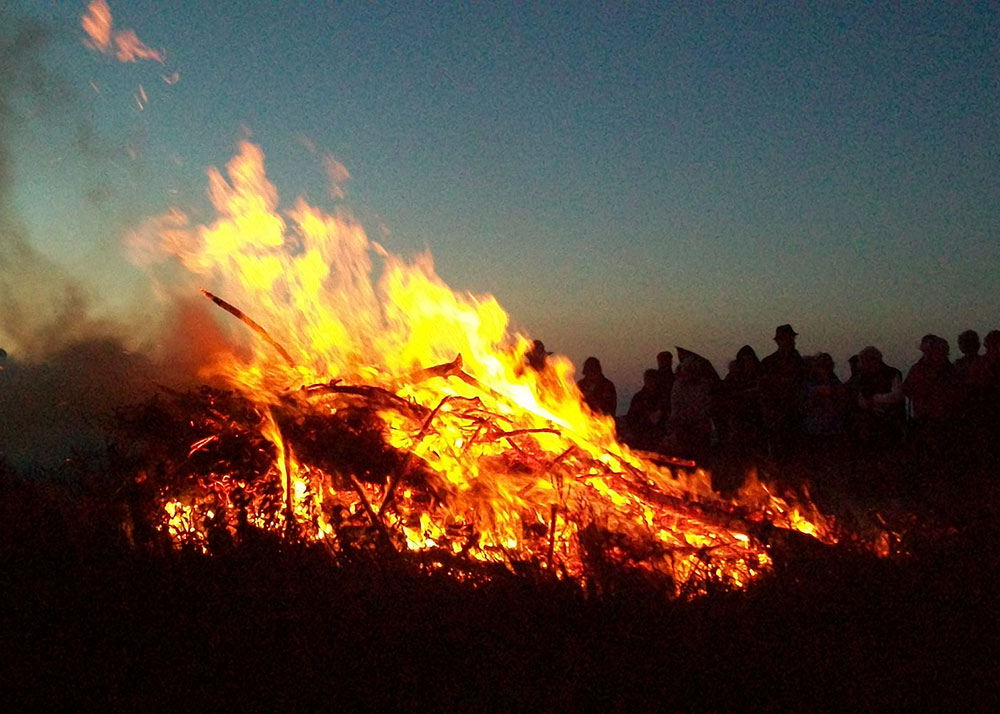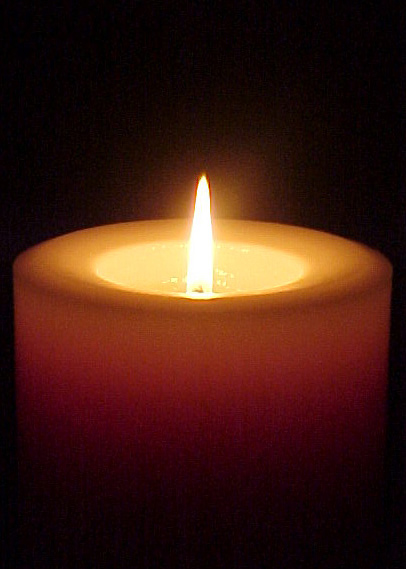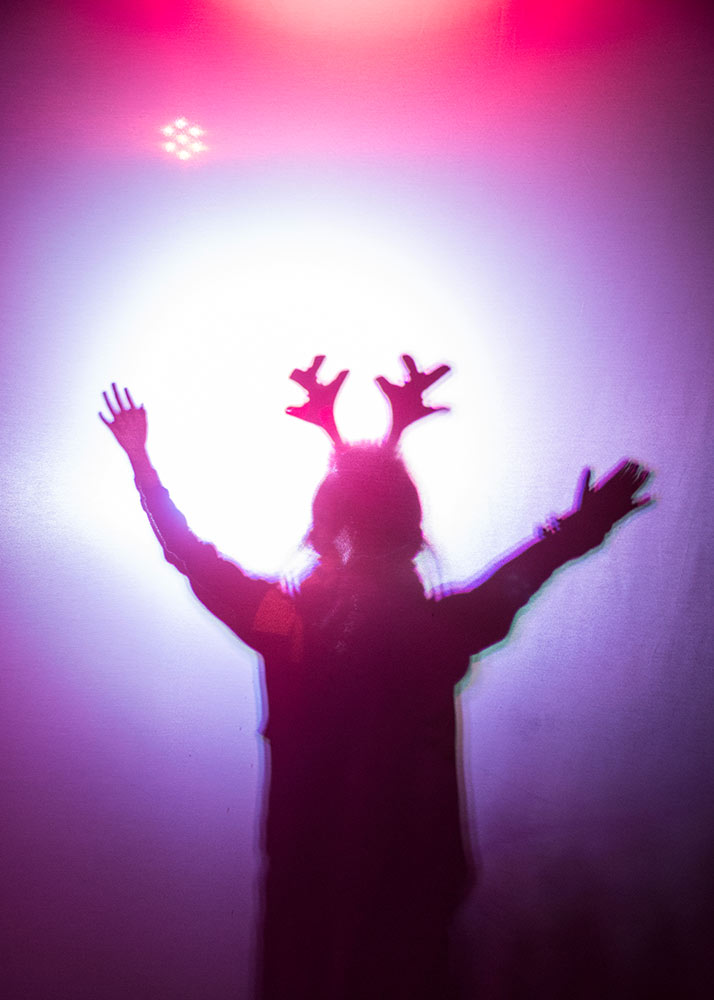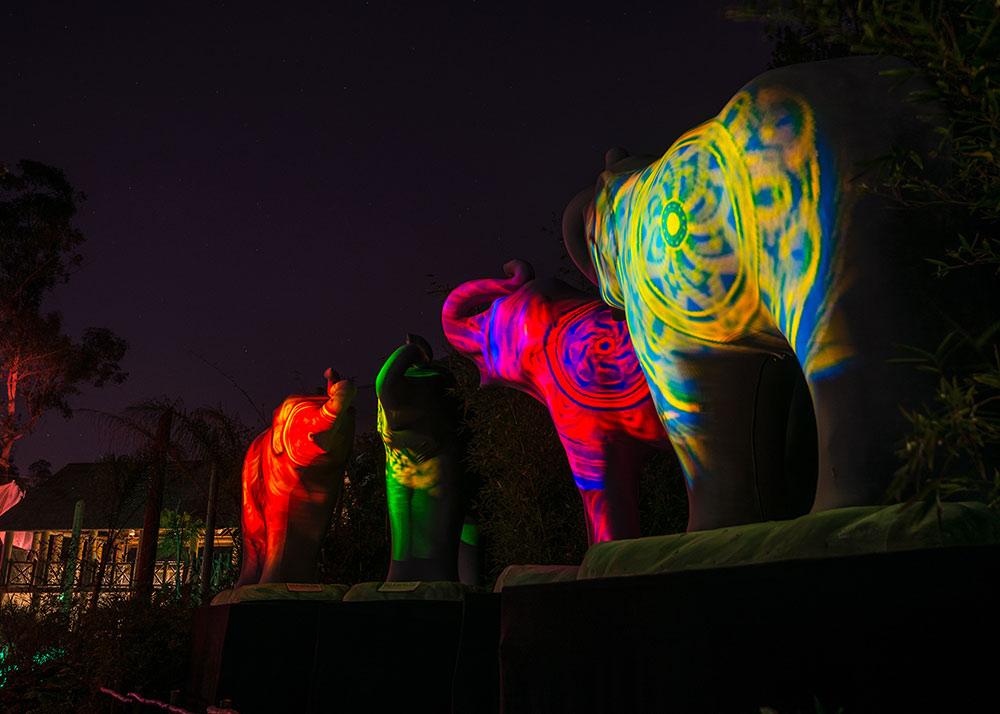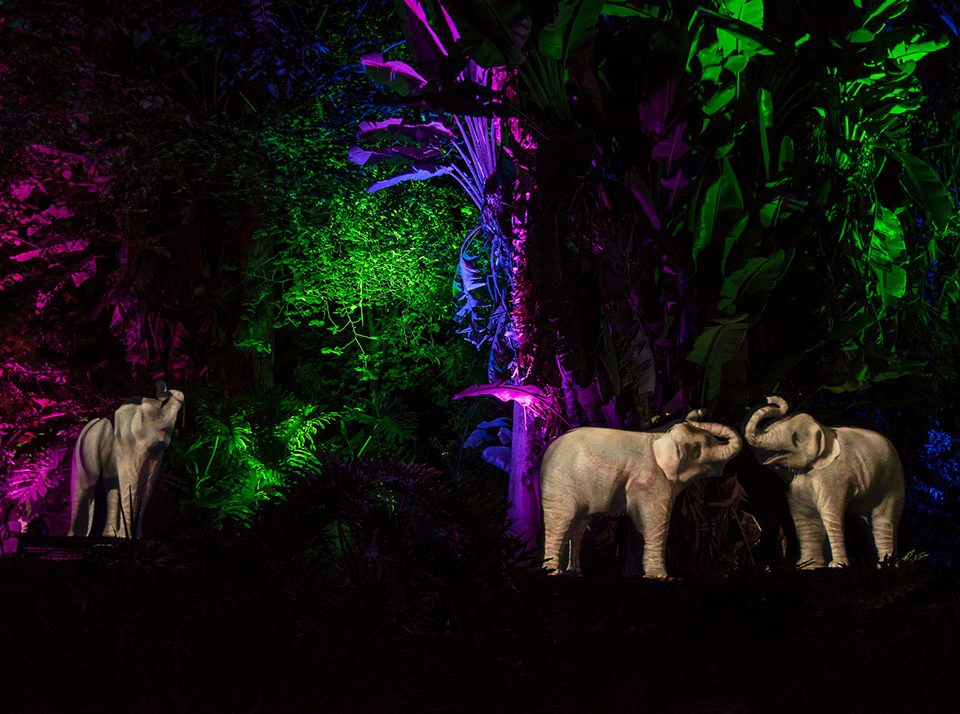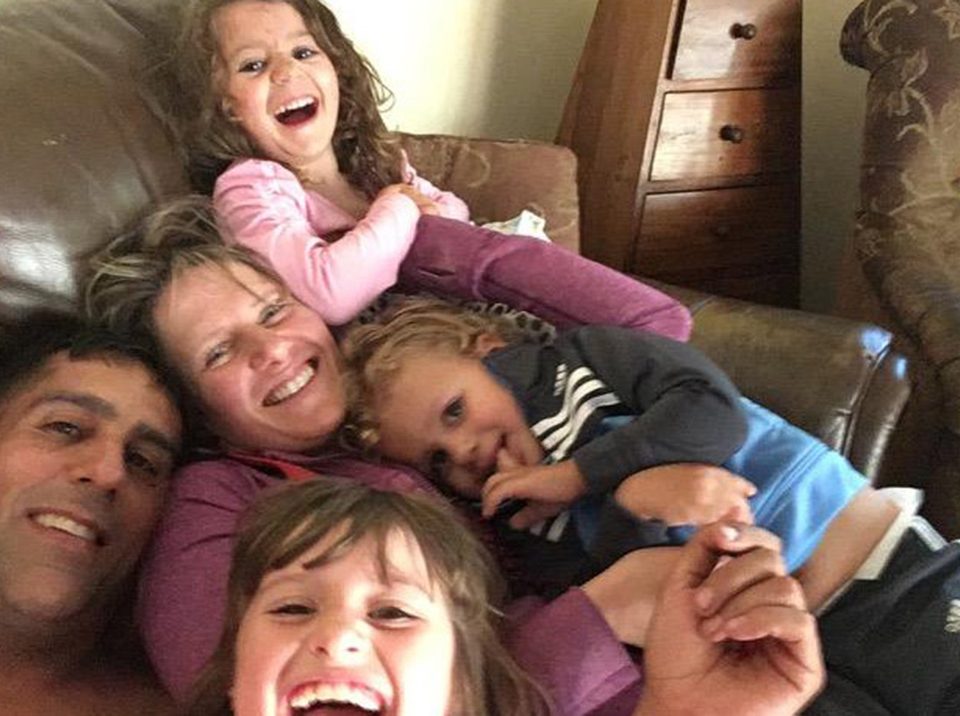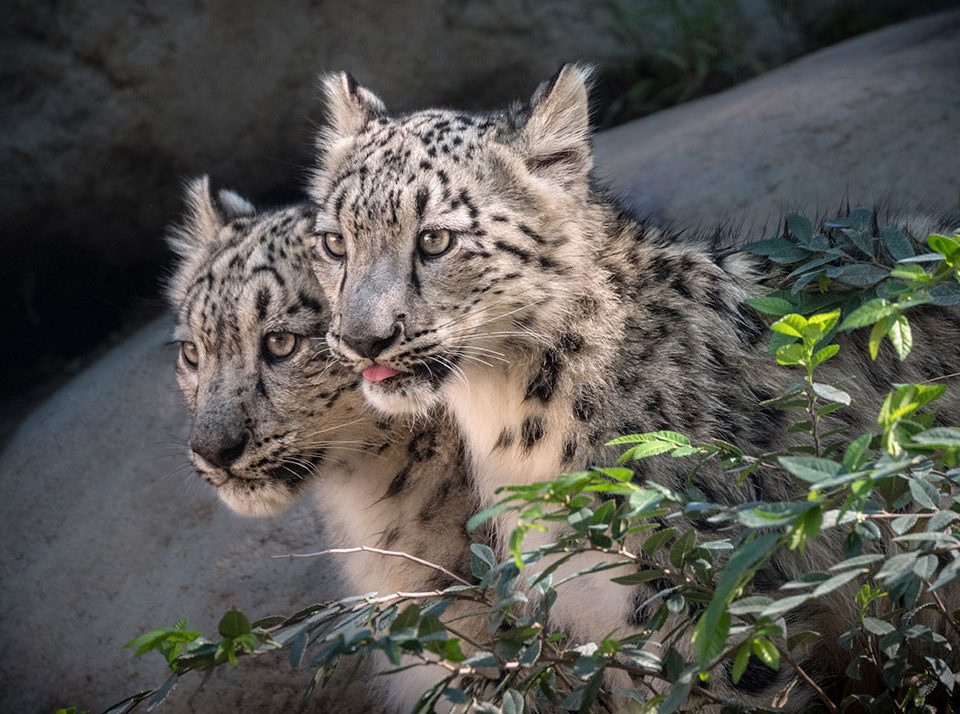Celebrate as Longer Nights Bring Spectacular Lights

Member POV: The Obrecht Family
November 3, 2017
Letter from Zoo Director John Lewis
November 3, 2017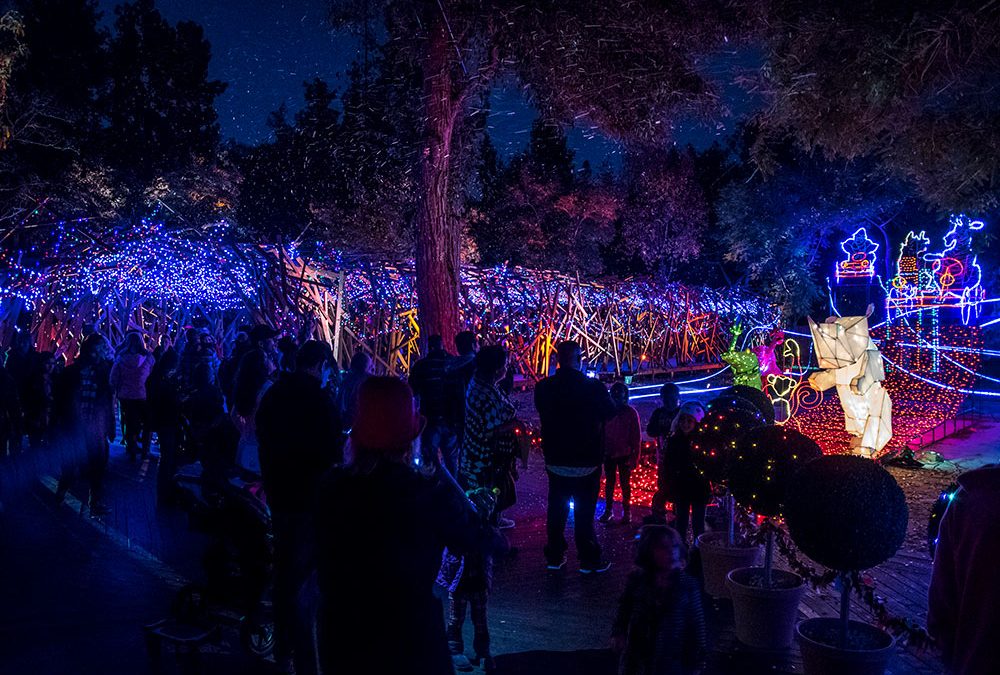
L.A. Zoo Lights brings people together to celebrate the year’s end and new beginnings. Photo by Jamie Pham
With Halloween past, we look forward to winter festivities, which, here at the Los Angeles Zoo revolve around L.A. Zoo Lights, which opens on Friday, November 17. We are taking this evening celebration to the next level with a multitude of exciting lighting effects and novel experiences, from a brand-new welcome in the entry plaza to a tremendous finale, replete with stained-glass animals. If L.A. Zoo Lights is an eagerly anticipated part of your winter holidays, you’ll be pleased to learn that, as a GLAZA member, you can purchase tickets for $10 each—up to 50 percent off the regular price! If you haven’t received your L.A. Zoo Lights discount code, please email info@lazoo.org.
L.A. Zoo Lights is a tribute to the traditions that connect us, across cultures and through time as human beings sharing our lives on this planet. From a natural history perspective, the winter solstice in temperate regions marks the shortest day of the year, usually on December 21 in the Northern Hemisphere, June 21 in the Southern Hemisphere. From that point on, the days grow longer and warmer—a reason to celebrate! The temperate regions of the world are colder and darker in winter, and in many cultures, when planting season and the harvest are over comes a time for reflection and sharing stories.
In northern Europe, the Nordic people saw the sun as a wheel that changed the seasons. Midwinter was a time to light bonfires and tell stories. The Celts believed the sun stood still for 12 days in the middle of winter. During this time, to conquer the darkness, banish evil spirits, and bring luck in the New Year, people would light a yule log. In ancient Rome, the rebirth of the year was celebrated with a weeklong festival called Saturnalia, which involved decorating houses with greenery, lighting candles, holding processions, and giving presents.
In a world before lamps and central heating, fire, a source of light and warmth in the dark, became imbued with powerful symbolism and remains central to many faiths.
Diwali, the autumn festival of lights celebrated mainly by Hindus, Jains, and Sikhs, takes place in November. It signifies the victory of light over darkness, good over evil, knowledge over ignorance, and hope over despair. This celebration includes millions of lights shining on housetops, outside doors and windows, around temples and other buildings in the communities and countries where it is observed.
In Islam, the Q’oran refers to God as the light of the heavens and the Earth, and the prophet Muhammad is said to have invoked God by 99 different names (“The Beautiful Names of God”); one of Allah’s many names is An-Nur (the Light).
Islam and Christianity (the most prevalent faiths in the world) are sometimes called "Abrahamic religions" because they trace their history to the ancient figure of Abraham, first mentioned in the Hebrew Bible. Though only Christians worship Jesus as the Messiah, Judaism, Christianity, and Islam all contain powerful light metaphors.
St. John recounts in the New Testament that Christ said, “I am come a light into the world that whosoever believeth in me may not remain in darkness.” (John 12:46).
Hanukkah (Chanukah), or the festival of light, celebrates the miracle of the light in a historical event that took place in 165 BCE. Antiochus Epiphanes, ruler of the Seleucid Empire that stretched from Anatolia to the Indus valley, demanded that Jews worship the Greek gods and ordered his soldiers to desecrate the temple in Jerusalem. In 166 BCE Judas Maccabeus led a Jewish rebellion. When he and his followers came to the temple, they found that it had been desecrated and the temple light extinguished. After searching, they discovered a small container of oil and used it to re-light the temple menorah. The oil was only enough for one day, but, miraculously, it lasted for eight days, giving the Jews enough time to obtain more. Hanukkah has been celebrated ever since. On each of the eight nights, a candle is lit, until on the last night a row of eight candles burns, representing the re-kindled Jewish spirit.
The cultural celebration known as Kwanzaa was developed in 1966 by Dr. Maulana Karenga, a professor of Black Studies at California State University, Long Beach. He blended customs from various African harvest ceremonies into a new tradition. Seven candles are burned throughout the weeklong observance, each representing a different principal of Kwanzaa. Mishubaa Siba is a Swahili term for the seven candles of Kwanzaa. Together they symbolize the sun's light and power; individually they represent principles that the celebrants discuss each night after lighting another candle: unity, self-determination, cooperative economics, creativity, purpose, collective responsibility, and faith.
In Buddhist art, rainbow light is often shown emanating from Buddhas and Bodihisattvas. Buddhas are beings who have achieved enlightenment and are often represented with halos of light and sometimes even with a flame above their heads. These symbolize the inner light of the individual Buddhas. Bodihisattvas are individuals who have also achieved enlightenment but remain on earth to help others.
The Los Angeles Zoo welcomes the wealth of meaning that light symbolizes to the many cultures of Los Angeles and the world. That diversity brightens the many holidays observed at this time of year. Season’s greetings!


